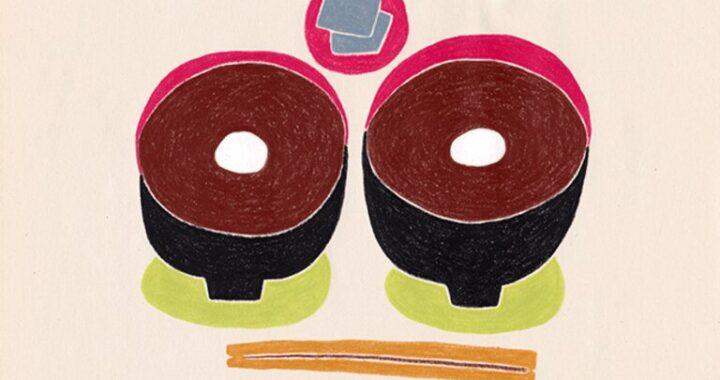Winter is a time when we need countless cups of hot tea. It goes without saying at this point that every cup of tea is an excellent time to eat a bit of wagashi as well. During winter, multiple occasions call for sweets, notably New Year celebrations, which are of great importance. Wagashi is also very commonly used in gift-giving during this time.
Despite an abundance of sweets during winter, if I were to sum up this season’s wagashi, it would be through mochi! Mochi has a long history in Japan and can be traced back to ancient times. Even then, fruit juice or nectar might have been added to the rice cakes to please the tastebuds of the sweet-toothed people.


Mochi-tsuki (餅つき) denotes a traditional practice of pounding rice to create rice cakes, a tradition in many Japanese families around New Year. At Obubu, I was lucky to meet the man, myth, and legend: mochi-maker Toshi-san. With him, I was able to try my hands at mochi-tsuki!
To craft mochi, you steam sticky rice and place it in an usu (臼), a large bowl crafted from wood or stone. A kine (杵), a large wooden hammer, is used to pound the rice until it transforms into a smooth rice dough. Once the pounding is complete, the mochi is divided and shaped into smaller portions, which can be enjoyed in various ways.
Sometimes, a portion of mochi is set aside as an offering to the gods, called kagami-mochi (鏡餅). It can be placed on the house altar, or kamidana (神棚), and consists of two flat, round mochi stacked on top of each other.
One of my favourite mochi applications is zenzai! It is a Japanese dessert soup made with azuki beans. It is served hot, and the mochi becomes gooey and stretchy in the soup. It is absolutely scrumptious and will surely warm your body and soul.
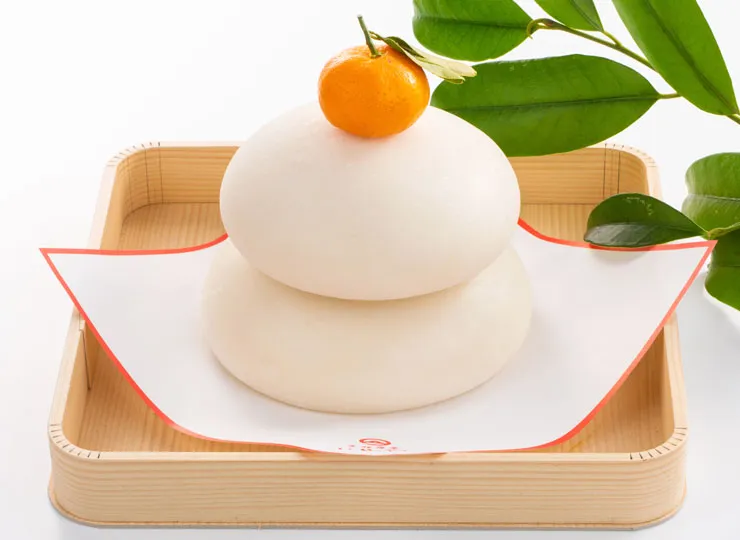
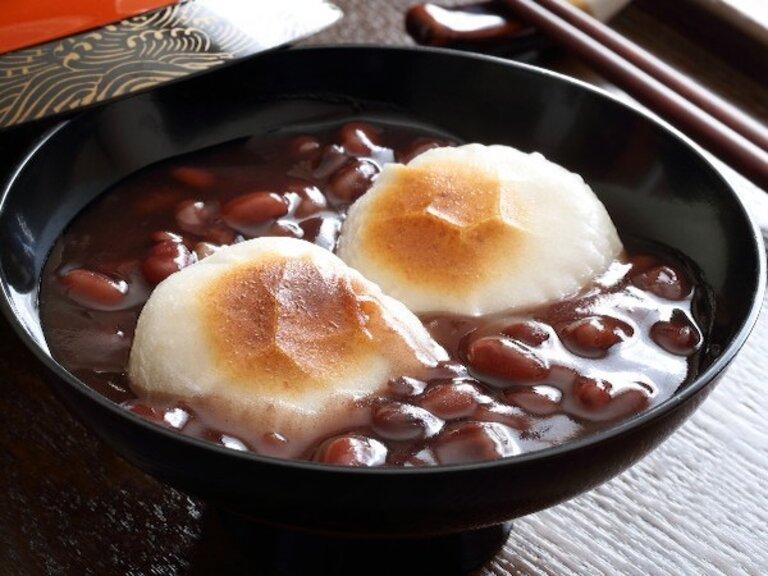
Another type of mochi, typically found in winter, is hanabira-mochi (菱葩餅). It is a flattened round white rice cake with a surprising filling of red miso and a piece of sweetened burdock root. ‘Hanabira’ means ‘flower petal’ in Japanese, perfectly describing its delicate and beautiful shape. Hanabira-mochi holds a special place in New Year celebrations and is commonly enjoyed during January.
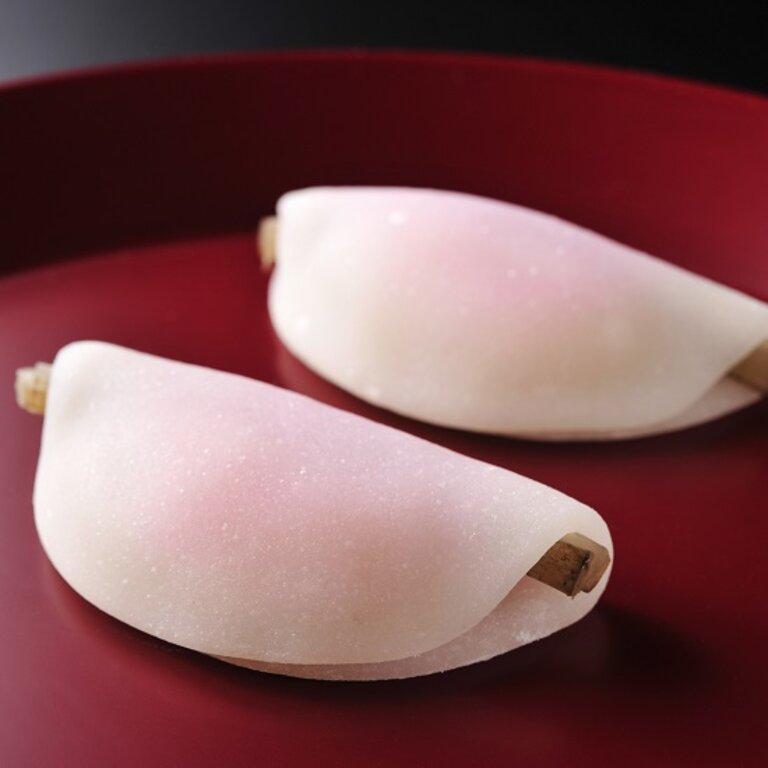
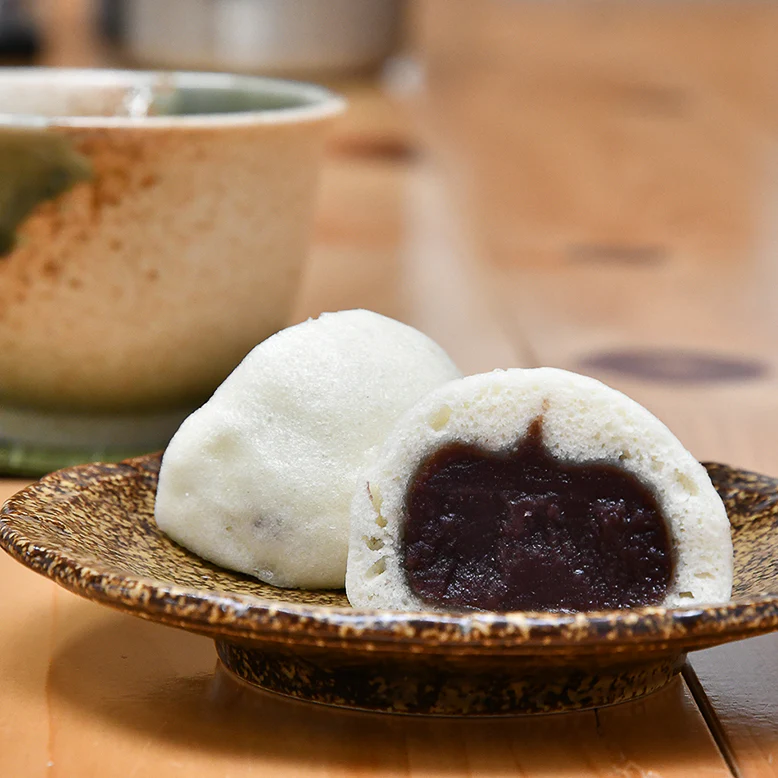
If we venture outside mochi-land, we find sake-manjyû, a chewy steamed bun with red bean filling. The dough is made using leftover yeast from sake production and is thus only made during winter when sake manufacturing is underway.
In terms of tea, I have picked two Obubu teas that I wanted to highlight for the winter season: one more humble and one more luxurious.
Kyobancha is a unique tea from the Kyoto region of Japan. It is harvested from the mature leaves of winter and is then steamed, dried, and roasted. I was lucky to partake in the harvest during my time at Obubu, and it is, therefore, a tea with a special place in my heart. It was also the first Obubu tea I tasted. It is an incredibly versatile tea that can be drunk any time of day. The taste is light, friendly, and ever so slightly smoky.
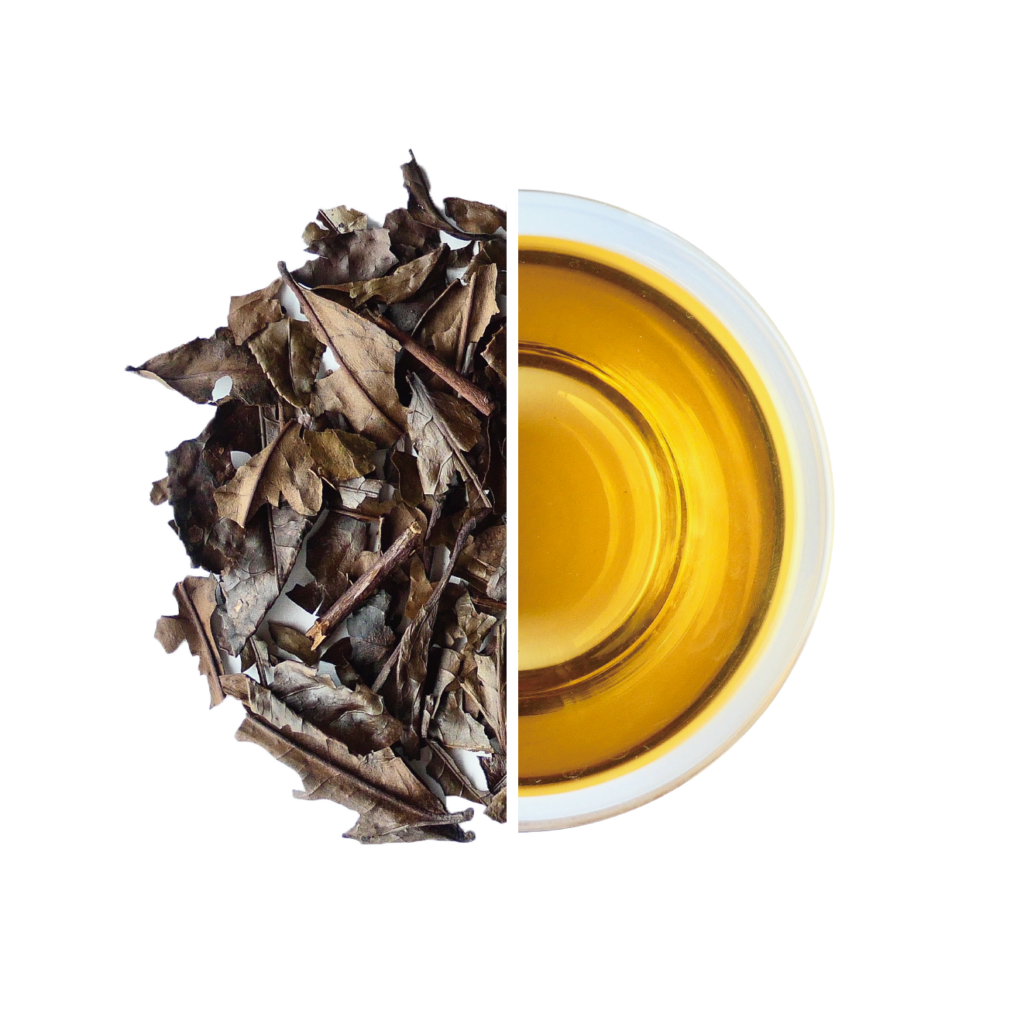

At the completely other end of the tea spectrum, we have gyokuro. Obubu’s Heavenly Drop Gyokuro is a high-grade Japanese green tea with an intense umami flavour and sweetness. Since winter is a time for celebrations, I find that the inclusion of a luxurious tea might be appropriate. Obubu’s Gyokuro will surely do the trick, and it would be perfect alongside the beautiful jô-namagashi of the season.
An example of a jô-namagashi you might encounter during wintertime is nerikiri (練り切り) in the shape of the flower of ume (梅) or Japanese plum. Plum blossoms are widely associated with celebration, so this motif is popular during the New Year’s festivities.
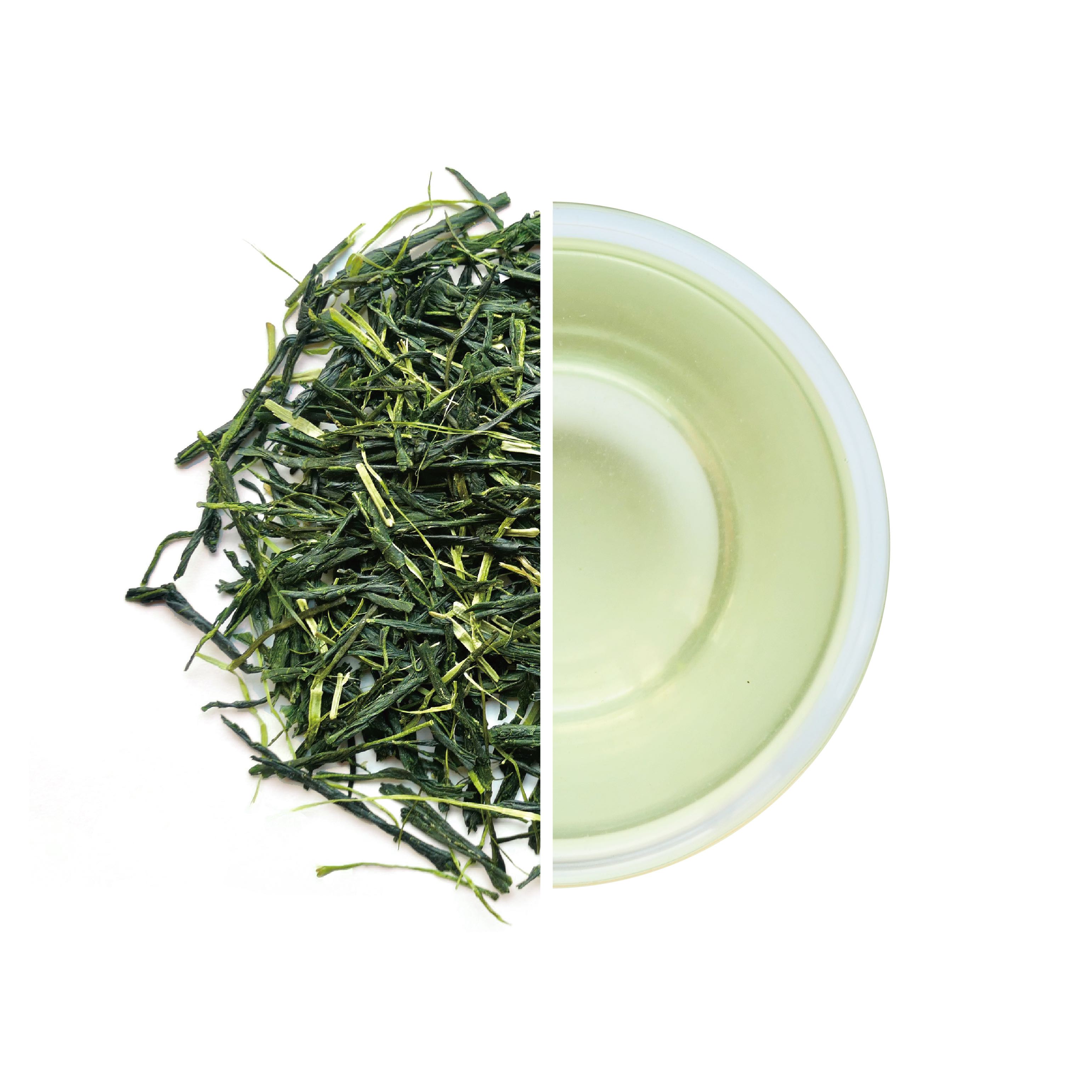
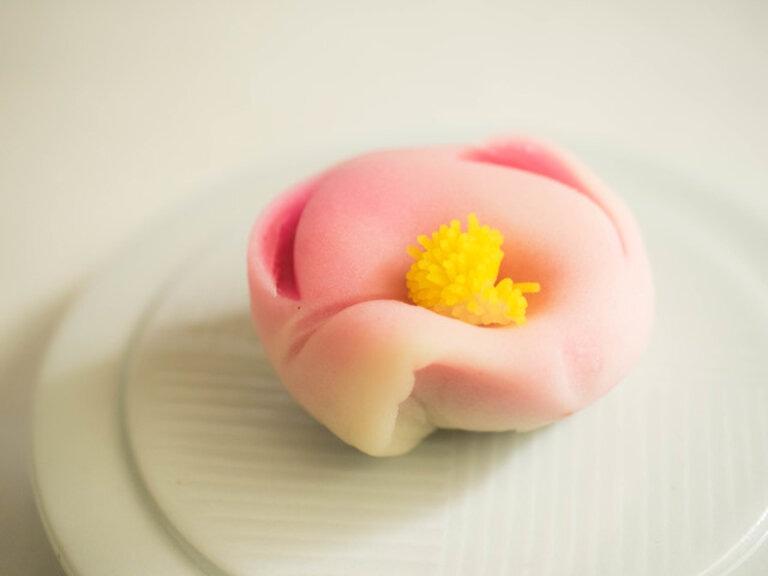
So, I hope to encourage you to explore the world of seasonal wagashi available in the winter months alongside a cup of delicious tea of your choice.
All in all, seasonal wagashi offers a delightful opportunity to explore new flavours, textures, and artistic expressions that truly capture the essence of each of the four seasons of Japan!
References
Nakayama, K. (2001). Wagashi – Treats For All Seasons. Japan Quarterly, 48(2), 64–74.
Shun Gate (2018). Kisetsu to Deau: Fuyu no Wagashi [Encountering the Seasons: Winter Wagashi]. https://shun-gate.com/power/power_64/ (Accessed 1/3/2024).
The Yamanashi Chuo Bank (2023). “Omochi” 〜 Nihonkorai no Shoku Bunka. Mochi-Tsuki Kagami-Mochi Nado [“Mochi” – Japan’s ancient food culture. Mochi pounding, kagami-mochi, etc.]. https://www.yamanashibank.co.jp/fuji_note/culture/post_3786.html (Accessed 3/4/2024).

